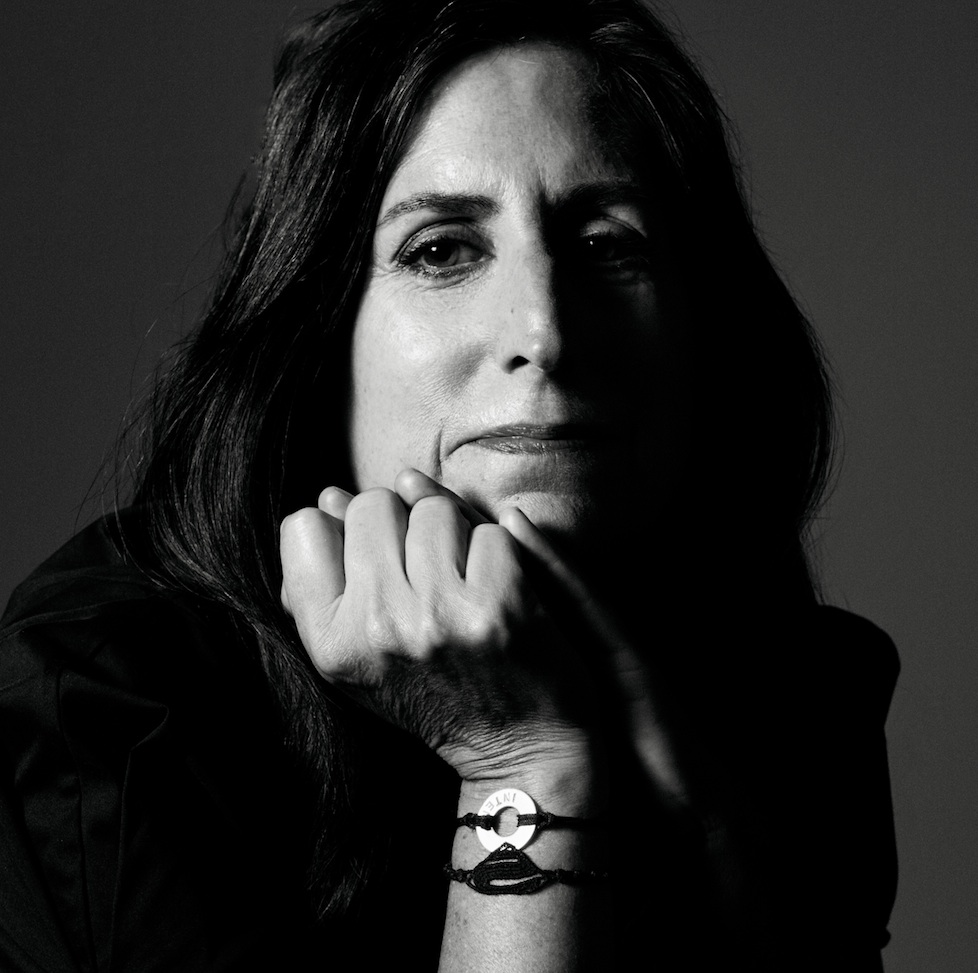Nonny de la Peña, a longtime innovator in the world of virtual reality, has pushed the boundaries of digital storytelling through her immersive work. As the CEO and founder of Emblematic Group, de la Peña put viewers in the experiences they had only read about – if they had thought about these stories at all. What was it like to watch someone pass out in a food line (Hunger in Los Angeles), what was it like to be left in solitary confinement (After Solitary) and what was it like to be caught in the middle of a domestic disturbance call (Kiya)? Her stories were set in war zones and homes, far away and right next door. Many of these works would use the real audio from a story as her volumetric images recreate the scene viewers could step into like an exercise in empathy.
Not satisfied with just telling compelling stories, the Mexican-American creator wanted to put the tools that she has in her company in the hands of other VR users and enthusiasts. REACH, which just showed off its possibilities at the Sundance Film Festival’s expanding New Frontiers showcase, uses 3D captured video of a subject and places them in a volumetric online world where other VR users can see them talk. For instance, at Sundance, visitors could record themselves talking about their experience with one of the works at New Frontiers and then place themselves inside the work they’re describing, like VR criticism within a VR experience. The photos of REACH show a person walking through what looks like an art museum, like a guided tour of a place too far or too expensive to travel to, now available for whoever wants to watch the VR video online – no fancy VR glasses needed if you don’t have them.
“We’ve been siloed off,” said de la Peña. “You had to have a headset. I needed to solve the ability for anybody to get the content and look at it on their laptop, on their phone or computer. It’s better in a headset, but at least everybody has access to it. In the process of doing that, I wanted to make to make tools so that anybody could make this content. So it’s not just limited. It’s expensive, can take months at a time to get it made. This shortens everything.”
There’s no elaborate training needed in order to play in REACH, just curiosity. “People can poke around the buttons and they can make stuff in 30 minutes or less, and then you publish it straight to the web. “I know how hard these tools can get, so I made these the simplest tools possible. It allows anybody to come and make volumetric, full walkaround virtual reality, not just 360 video.”
De la Peña has no stories in mind for what she anticipates will be created in her VR sandbox. She’s just excited to see more people creating in her world. “Education, journalism, art, entertainment, branding, anything anyone wants to create,” she said.

For de la Peña, who comes from the world traditional journalism, visualizing her stories brings an extra dimension that words don’t always achieve. “Being seen is always going to be more compelling, more visceral, and you really understand things more,” she said. “I wanted people in the middle of the story, not outside in a flat way. This is just part of that trajectory. Our world is spatial, it isn’t flat. And I think our media is going to be spatial.”
In addition to opening up the VR space to new creators, de la Peña is still creating immersive experiences with Emblematic Group. She has her sights on what’s happening on the border and has a new upcoming experience to share with audiences soon. “It’s the story of this young woman who comes to the U.S. from Mexico every day,” said de la Peña. “They had to cross these tracks and one day there was a train in the way. They knew if they went around, they would be late so they had to go under. She was going under and the train started moving.” In addition to this project, she has another one on the story of a survivor of one of the Japanese-American internment camps, a collaboration with Spectrum News and another with the company Scatter for their Depthkits that would allow users to film 3D images for REACH.
“This is kind of a miracle that we were able to build volumetric full walkaround spaces right in the browser, so I have to say, the most amazing thing I’ve seen is what my engineers have done,” said de la Peña of REACH. “When people start playing around with it, their minds are going to be blown with how simple, how fun and how easy it is to do.”







